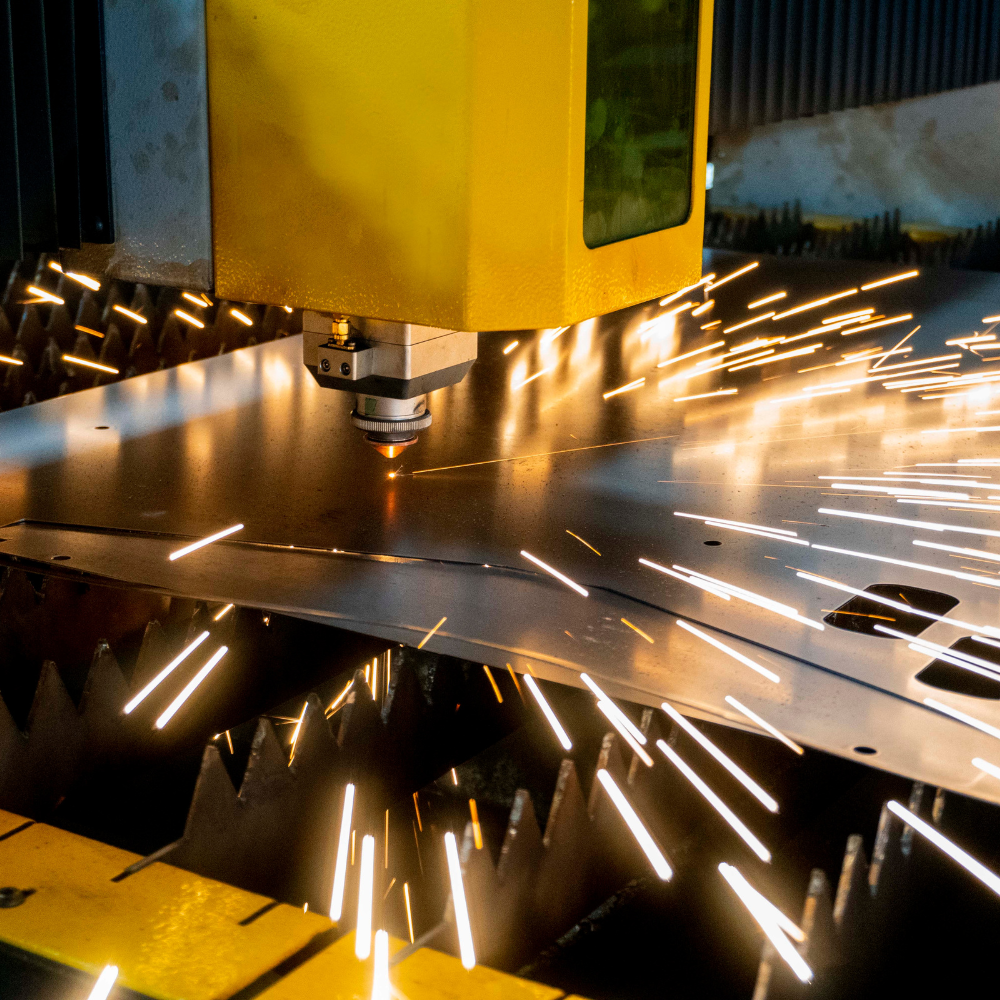Let’s build Kenya’s economic future on manufacturing, local innovation

Manufacturing.
The manufacturing sector has long been recognised as the cornerstone of economic growth, innovation and job creation. According to the World Bank, global manufacturing accounts for around 12 per cent of the world's Gross Domestic Product (GDP).
Yet, across Africa, the sector continues to under-perform. High energy costs, inefficient supply chains and infrastructure limit industrial capacity and competitiveness.
In Kenya, the challenge is even more pressing. The manufacturing sector contributed just 7.6 per cent to the country's GDP in 2023, down from 11.3 per cent in 2010, according to the Kenya National Bureau of Statistics. This decline is a clear sign of structural weaknesses, operational inefficiencies and untapped potential.
Frequent power fluctuations and high energy costs disrupt production schedules, while imported machinery—often designed for very different climates—struggles in local conditions of heat, dust and voltage instability. When these machines break down, repairs are slow due to a shortage of skilled technicians and locally available spare parts. Regulatory bottlenecks, inefficient logistics and expensive financing make investing in modern equipment harder. These factors create an environment where factories cannot operate at full capacity and new ventures are discouraged.
However, this is not a story of inevitable decline. There are practical pathways to revitalise Kenya's manufacturing base. One is to design and adapt machinery for African realities, ensuring it can withstand local conditions and be serviced locally. Companies such as Afropack Group are already demonstrating this, blending international engineering with African ingenuity to produce systems that are reliable, easier to maintain and less dependent on imported parts.
Developing a skilled workforce is equally critical. When technicians are trained to operate and repair modern production lines, downtime is reduced, productivity increases and businesses can plan with confidence. Coupled with local production of spare parts, the approach shortens repair times and boosts resilience.
Energy is another piece of the puzzle. Integrating renewable sources such as solar and biomass can reduce costs, improve supply reliability and lower carbon emissions. Also, Kenya must focus on value addition to its abundant agricultural produce. For example, tomatoes and mangoes—often left to rot when markets are saturated—could be processed into tomato paste, dried fruit or juices for regional and international markets. In Europe, tomato paste is known as "red gold" because of its high value.
Kenya has the land, the climate and the raw materials to replicate such success. What is needed is the processing and packaging capacity to turn waste into wealth. Sustainability must underpin these solutions. By adopting recyclable materials, reducing waste and embracing energy efficiency, manufacturers will not only meet growing environmental standards but also open up new export opportunities.
